Dairy farmers face a crucial choice between organic and conventional farming methods. While both systems aim to produce milk efficiently, their approaches differ significantly in terms of inputs, costs, and profitability. Understanding the economics behind these systems can help farmers make informed decisions.
1. Production Costs
- Organic Farming: Organic dairy farming typically involves higher input costs. Organic feeds, which are grown without synthetic fertilizers or pesticides, are more expensive than conventional options. Additionally, organic certification requires specific practices, such as no use of antibiotics or synthetic growth hormones, which may increase veterinary expenses.
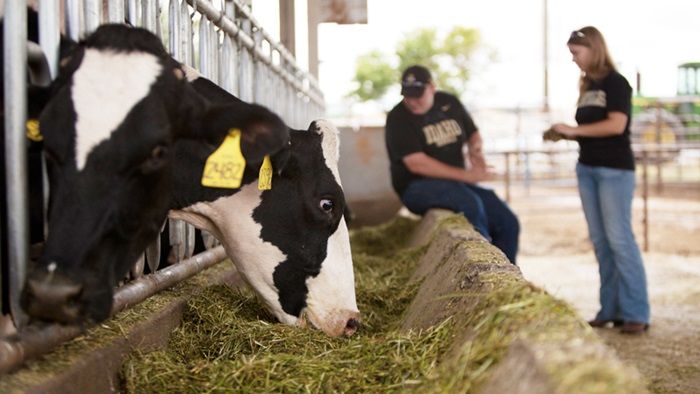
- Conventional Farming: Conventional systems rely on cost-effective inputs, including commercial feeds and synthetic fertilizers. While this lowers feed costs, the use of antibiotics and hormones for disease management and growth stimulation can add to overall expenses.
On a similar note, at Kimd Group of Companies, we support beginner farmers by offering tailored business proposal writing services and design plans for various animal capacities. Therefore whether you’re just starting out or looking to expand, we provide the resources and expertise to help you succeed in the farming industry.
2. Milk Yield
- Organic Farming: Milk yields in organic systems are generally lower due to restrictions on feed types and farming practices. However, organic farmers focus on milk quality, which can fetch premium prices in the market.
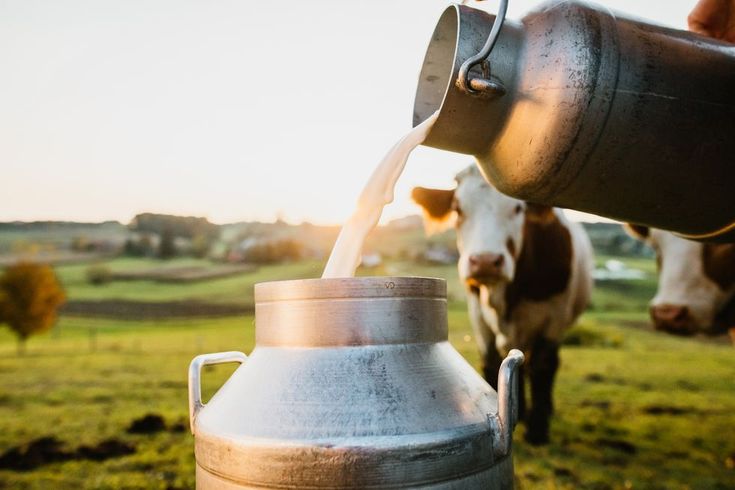
- Conventional Farming: Higher milk yields are common in conventional systems because of optimized feeding strategies and advanced veterinary care. However, the quality of milk, particularly fat and protein content, may vary depending on the feed and management practices.
3. Market Prices
- Organic Farming: Organic milk commands a higher price in the market, driven by consumer demand for natural and eco-friendly products. This price premium can offset the higher production costs, especially in regions with a strong organic market.
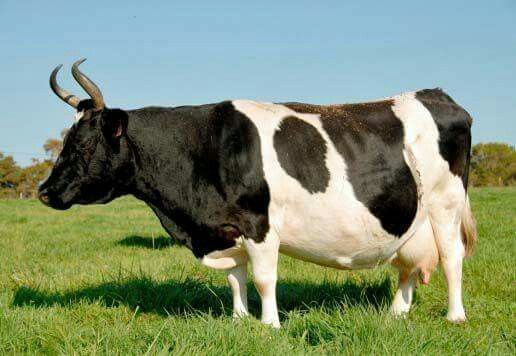
- Conventional Farming: Conventional milk has a lower market price due to its widespread availability. Farmers need to rely on economies of scale to remain profitable, often requiring larger herds and more intensive production.
4. Environmental Impact
- Organic Farming: Organic methods focus on sustainability, including reduced chemical use, improved soil health, and enhanced biodiversity. These practices appeal to environmentally conscious consumers and align with long-term agricultural sustainability.
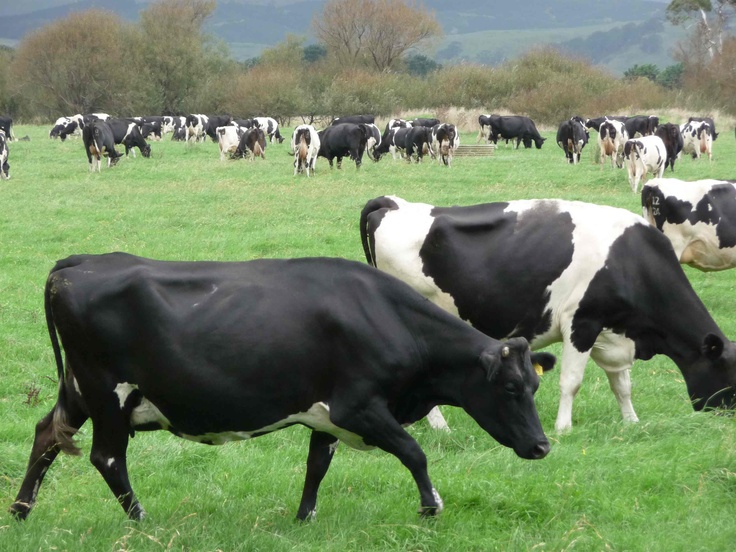
- Conventional Farming: Conventional systems may lead to higher environmental impacts due to the use of synthetic inputs and intensive farming practices. However, advancements in technology and precision farming are helping reduce these impacts.
5. Profitability
- Organic Farming: Despite higher costs, organic farms can achieve profitability through premium pricing, direct marketing, and niche market opportunities. Smaller herd sizes and lower yields are compensated by reduced reliance on costly veterinary interventions.
- Conventional Farming: Profitability in conventional systems depends on maximizing production efficiency. Large-scale operations benefit from economies of scale, but fluctuating milk prices can affect margins.
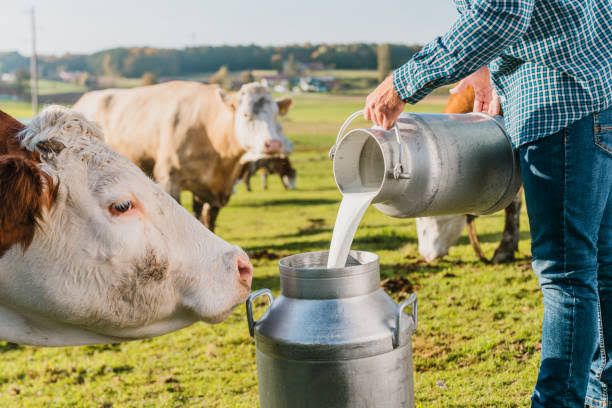
Conclusion
Both organic and conventional dairy farming have distinct economic advantages and challenges. Organic farming prioritizes sustainability and premium markets, while conventional farming focuses on high yields and cost-efficiency. Farmers must weigh their goals, market access, and resource availability to choose the approach that aligns with their long-term vision. Combining elements from both systems, such as adopting sustainable practices in conventional setups, can also offer balanced benefits.

